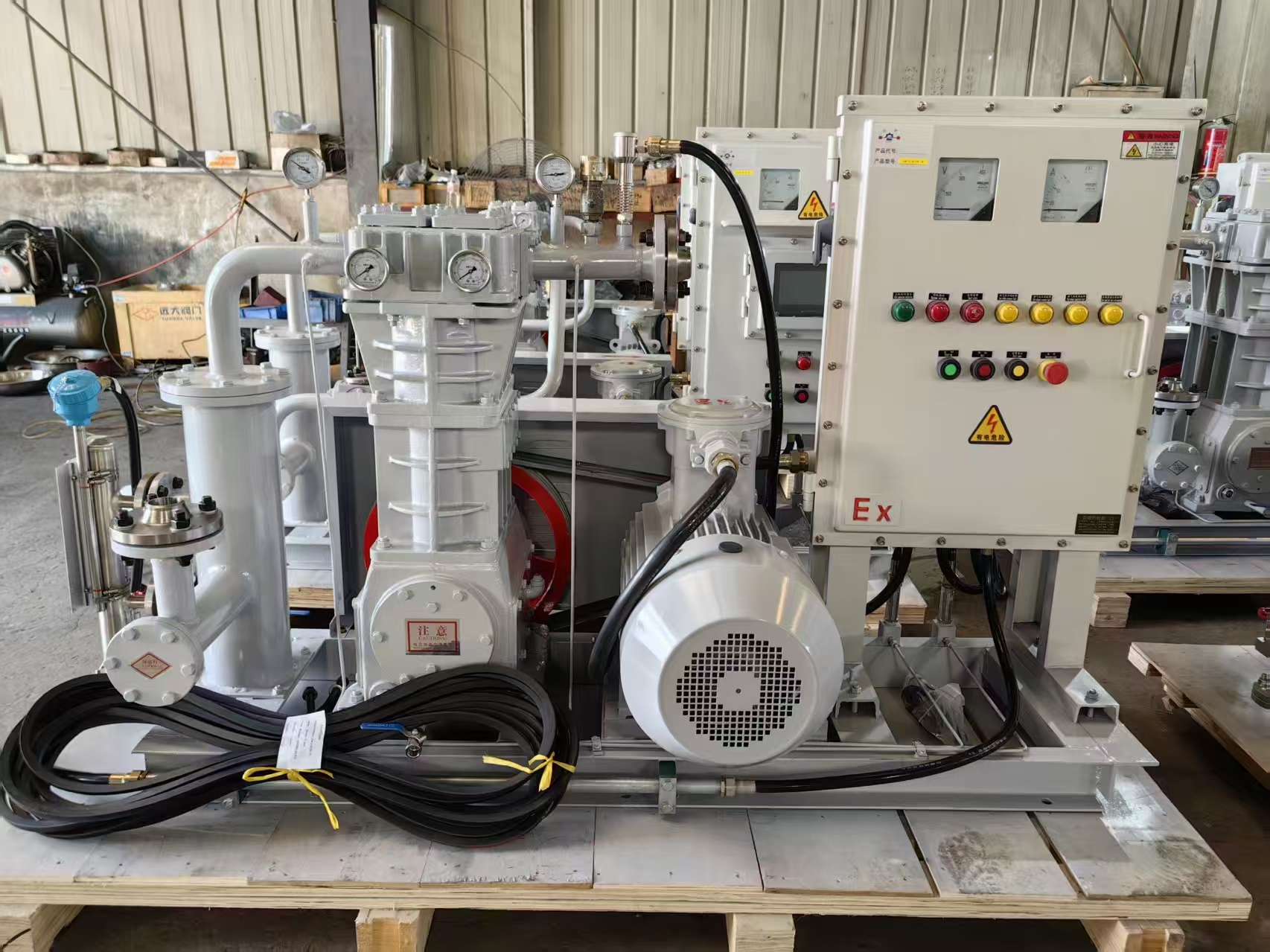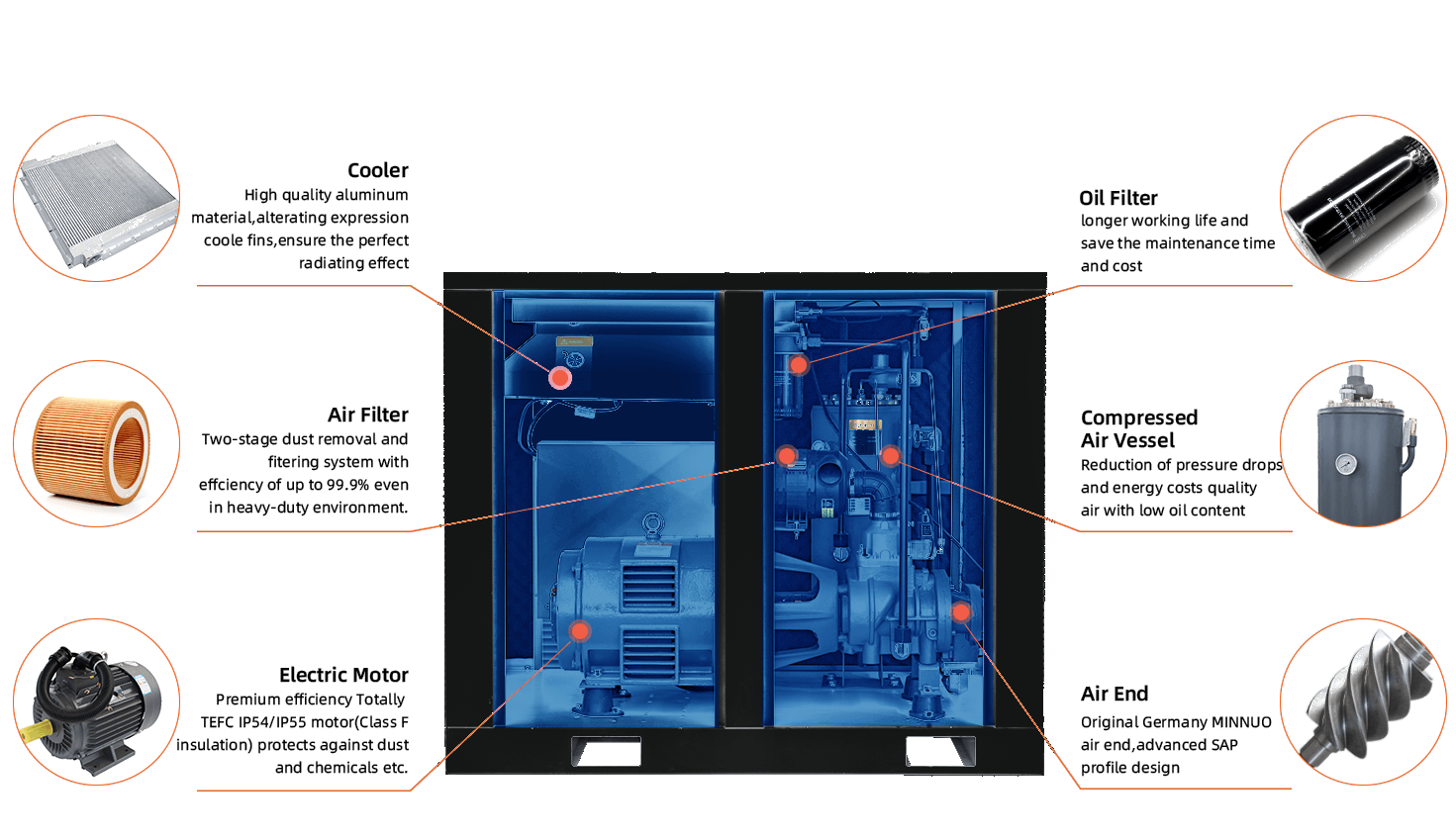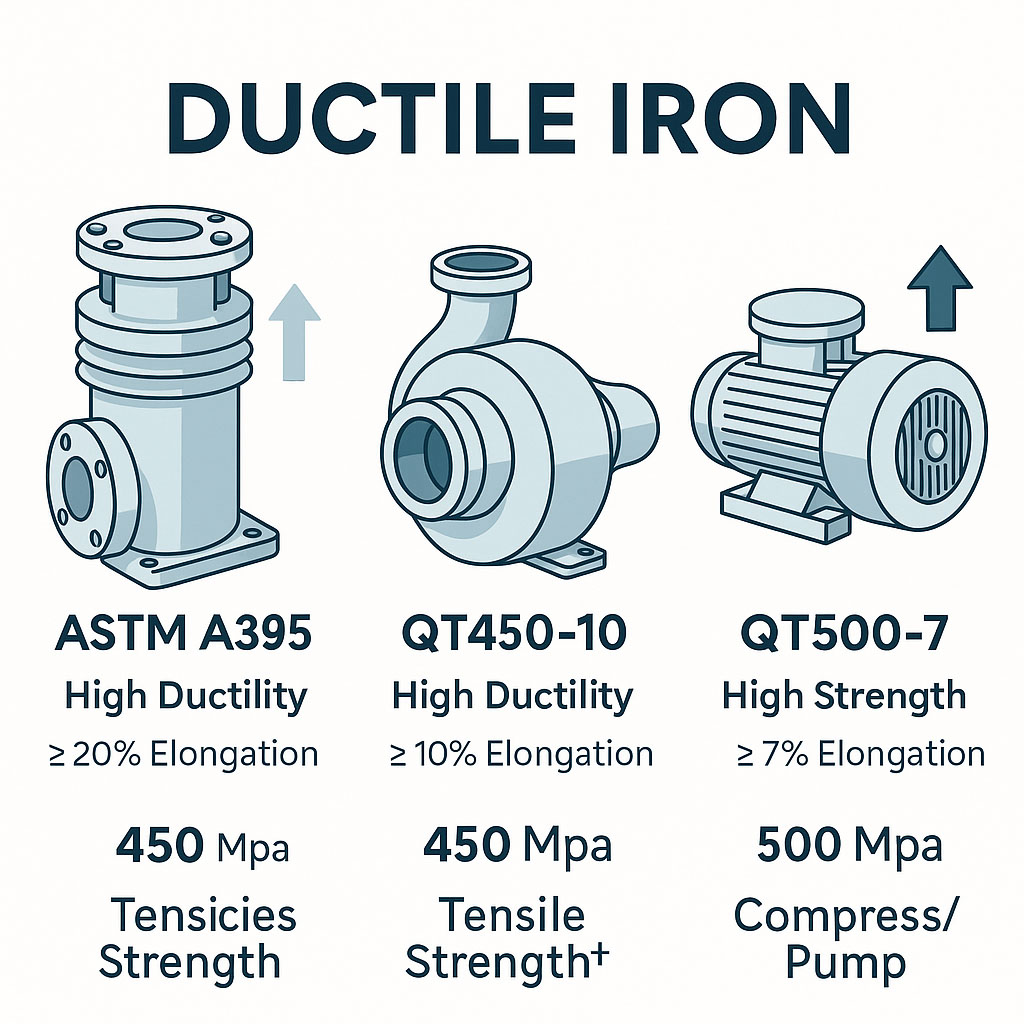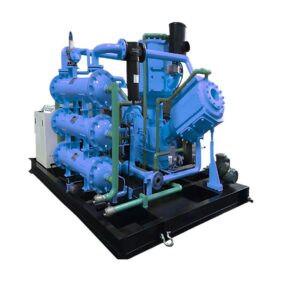When engineers design or maintain an industrial compressor cylinders, they often ask three questions. First, how do the main components interact? Second, which operating principles affect efficiency? Third, which materials withstand heat, pressure, and wear? We answer all three, and we do so step by step, so you can shorten downtime and, therefore, cut operating costs.
1. Core Components of a Compressor Cylinder
A modern cylinder contains several critical parts, and each part performs a unique task; yet, they work together seamlessly.
| Component | Function | Common Material |
|---|---|---|
| Cylinder Block / Barrel | Houses the piston and maintains precise alignment | Cast iron, nodular iron, or forged steel |
| Cylinder Liner | Provides a replaceable, wear-resistant surface; ensures smooth piston motion | Nitrided steel, chrome-plated iron, PTFE-coated alloy |
| Piston | Compresses gas by moving back and forth inside the liner | Aluminum alloy (lubricated), stainless steel or composite (oil-free) |
| Piston Rings | Seal the gap between piston and liner; control oil; reduce gas leakage | PTFE blends, cast iron, or PEEK |
| Valve Plate & Reed/Disc Valves | Admit gas on the intake stroke and release gas on the discharge stroke | Austenitic stainless steel, Inconel, or titanium |
| Distance Piece | Separates crankcase from cylinder; prevents oil migration in oil-free service | Cast aluminum or steel |
| Cooling Jacket / Passages | Remove heat generated during compression | Integrated water jackets or finned air-cooling ribs |
Because every component plays a vital role, a fault in one part can, consequently, damage the entire compressor.
2. Operating Principle
A reciprocating compressor cylinder follows a simple four-step cycle:
-
Suction – As the piston travels downward, intake valves open; gas flows into the cylinder.
-
Compression – The piston reverses, moves upward, and compresses the trapped gas.
-
Discharge – When gas pressure exceeds discharge-side pressure, outlet valves open, releasing compressed gas.
-
Re-expansion – A small clearance volume remains; however, internal gas expands, slightly reducing volumetric efficiency. Designers, therefore, minimize clearance wherever practical.
Because motion repeats dozens of times each second, engineers must balance piston speed, rod load, and gas temperature. Otherwise, friction and heat will shorten component life.
3. Selecting the Right Materials — A Practical Guide
Material choice drives safety and service life. Therefore, you must match metal or polymer properties to pressure, temperature, and gas chemistry.
-
Cylinder Block – Grey iron offers cost-effective damping; forged steel handles extreme pressure (above 250 bar).
-
Cylinder Liner – Nitrided steel resists scuffing; chrome plating lowers friction; PTFE coatings suit oil-free service.
-
Piston – Aluminum alloy dissipates heat quickly; however, stainless steel endures corrosive or high-pressure gases.
-
Rings & Rider Bands – PTFE/graphite blends provide low friction in oil-free hydrogen or nitrogen duty, while cast iron rings thrive in lubricated air service.
-
Valve Plates – Inconel survives high-temperature CO₂, whereas titanium valves resist fatigue in lightweight mobile units.
Whenever gas carries H₂S or CO₂, designers add corrosion-resistant overlays. Moreover, they specify elastomers compatible with the process gas, so leaks never endanger personnel.
4. Five Common Pain Points and How Proper Cylinder Design Solves Them
| Pain Point | Solution Using Smart Cylinder Design |
|---|---|
| Excessive Wear | Hardened liners + composite rider bands reduce metal-to-metal contact. |
| Overheating | Water-jacketed barrels + optimized valve lift keep discharge temps below 150 °C. |
| Gas Leakage | Multi-segment PTFE rings maintain tight seals, even while thermal cycling occurs. |
| Oil Contamination | Distance piece + dry-running piston rings eliminate lube oil migration. |
| Corrosion | Duplex stainless steel liners and Inconel valve plates resist sour gas attack. |
5. Practical Tips for Specifying a Compressor Cylinder
-
Match liner coating to gas dryness and pressure.
-
Specify valve material by temperature — Inconel above 180 °C, stainless below.
-
Limit piston speed to ≤ 4 m/s for long-stroke, heavy-duty petrochemical service.
-
Use proper cooling; therefore, monitor both cylinder water inlet temperature and flow rate.
-
Verify tolerance between piston and liner, because clearance changes with temperature rise.
Conclusion: Choose Materials Wisely and Extend Compressor Life
Because each component in a compressor cylinder affects efficiency, you should always consider gas chemistry, operating pressure, and temperature before selecting materials. Consequently, well-chosen liners, pistons, and valves will improve reliability and lower maintenance costs. Keepwin offers tailored guidance on cylinder design, material upgrades, and full compressor packages, so contact our engineering team now and boost your system’s performance.
Need help selecting the perfect compressor cylinder?
📩 Email us at keepwin@keep-win.com or visit www.keep-win.com for technical support.











